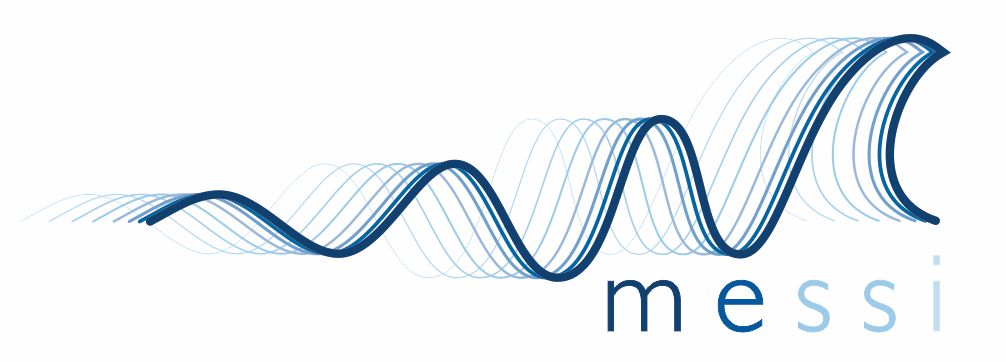








Project MESSI has come to, what we believe to be, a successful end! Within project, three tide gauge and nine air pressure stations have been installed/renewed, several operational high-resolution ocean-atmosphere models has been set up, and a prototype of a meteotsunami warning system has been constructed
Final MESSI meeting has been held in Split. Presentations here
Our technical team has installed three remaining air pressure stations in Ancona, Ortona and Vieste. Air pressure stations are collocated with ISPRA tide gauge instruments.
Our technical team has installed air pressure station at Ražanj (Brač island).
Our technical team has installed the last of planned tide gauges. We now have measurements of sea level at three meteotsunami prone or relevant locations: Vela Luka, Stari Grad and Sobra
Joint Congress of the 6th International Conference on Meteorology and Climatology of the Mediterranean & Challenges in Meteorology 5
was held in Zagreb from 20 to 22 February. MESSI project is a proud coorganizer of the event, and a number of MESSI papers were presented during the conference.Global mapping of nonseismic sea level oscillations at tsunami timescales
by Ivica Vilibić and Jadranka Šepić.Present investigations of sea level extremes are based on hourly data measured at coastal tide gauges. The use of hourly data restricts existing global and regional analyses to periods larger than 2 h. However, a number of processes occur at minute timescales, of which the most ruinous are tsunamis. Meteotsunamis, hazardous nonseismic waves that occur at tsunami timescales over limited regions, may also locally dominate sea level extremes. Here, we show that nonseismic sea level oscillations at tsunami timescales (<2 h) may substantially contribute to global sea level extremes, up to 50% in low-tidal basins. The intensity of these oscillations is zonally correlated with mid-tropospheric winds at the 99% significance level, with the variance doubling from the tropics and subtropics to the mid-latitudes. Specific atmospheric patterns are found during strong events at selected locations in the World Ocean, indicating a globally predominant generation mechanism. Our analysis suggests that these oscillations should be considered in sea level hazard assessment studies. Establishing a strong correlation between nonseismic sea level oscillations at tsunami timescales and atmospheric synoptic patterns would allow for forecasting of nonseismic sea level oscillations for operational use, as well as hindcasting and projection of their effects under past, present and future climates.
Quantifying the probability of meteotsunami occurrence from synoptic atmospheric patterns
by Jadranka Šepić, Ivica Vilibić and Sebastian MonserratA synoptic atmospheric index is constructed for the region of the Balearic Islands, Spain. The index links the occurrence of meteotsunamis, i.e., atmospherically induced high-frequency sea level oscillations (2 min < T < 120 min), to contemporaneous meteorological synoptic conditions above the region. The correlation between the synoptic index and wave heights is found to be significant and high (up to 0.75). The vertical wind profile is recognized as the most important variable governing the sea level response to atmospheric conditions. The probability of the occurrence of a meteotsunami can be then evaluated from synoptic atmospheric variables. The results show that there exists an index threshold, below which the probability for an intense meteotsunami occurrence is extremely low. However, meteotsunami-favorable synoptic conditions (the index exceeding the threshold value) are crucial but insufficient; some mesoscale features, not reflected in the synoptic pattern, are found to play an important role in meteotsunami generation. The constructed index is potentially applicable to other world locations where a set of tsunamigenic synoptic conditions may be defined in a similar way as at the Balearic Islands. The index can be used to estimate the rate of meteotsunami occurrence under the conditions of past, present, and future climates. It can also be effectively used in meteotsunami warning systems, especially to switch between a “silent mode” (index below the threshold value) to an “event mode.”
MESSI welcomes new team member Dr. Sc. Clea Denamiel. Clea Denamiel will be in charge of numerical modelling of meteotsunamis.
MESSI kick-off meeting was held on 18 and 19 February at the Institute of Oceanography and Fisheries, Split.